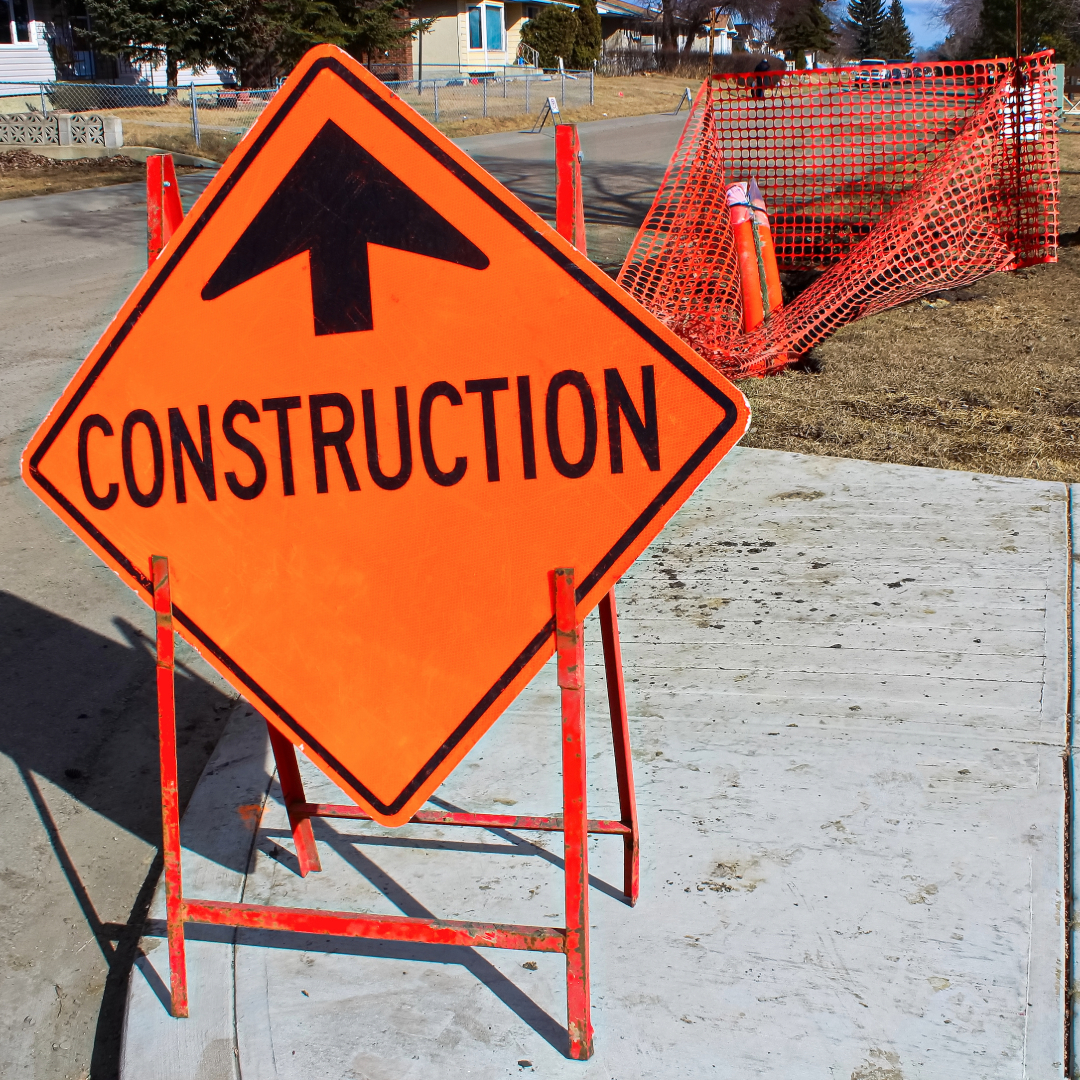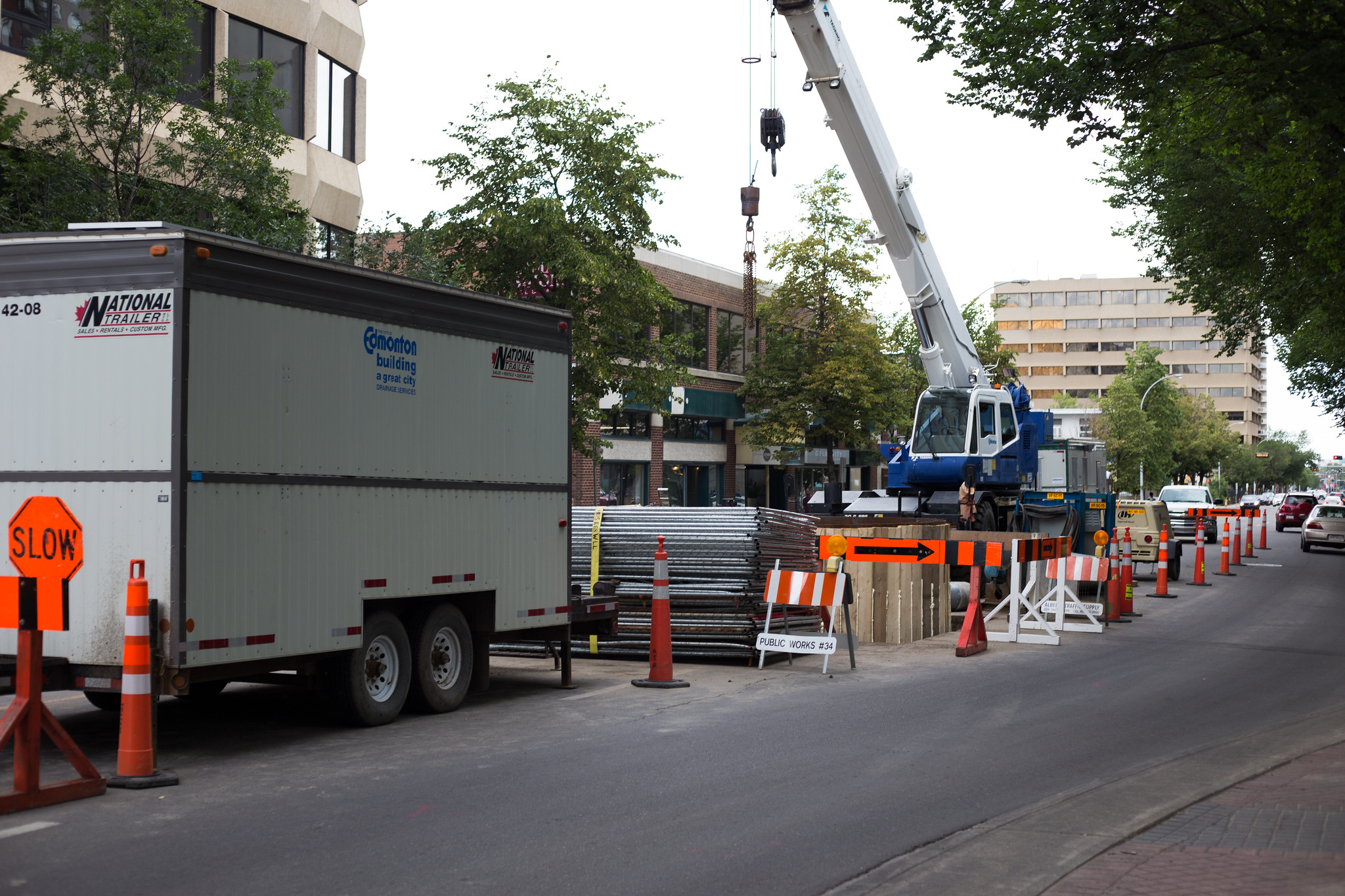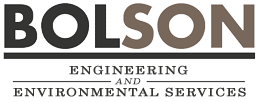Construction projects are complex and involve a variety of stakeholders, timelines, and budgets. With so many moving parts, it's no surprise that construction projects are prone to risks and uncertainties. However, with proper risk management strategies in place, these risks can be mitigated, and project success can be achieved. Here we'll explore the best practices for mitigating construction project risks and how they can lead to successful project outcomes.
Understanding Construction Project Risks
Before we dive into risk management strategies, it's essential to understand the types of risks that can impact a construction project. These risks can be categorized into three main areas: financial, operational, and external.
Financial Risks
Financial risks are related to the project's budget and can include cost overruns, unexpected expenses, and cash flow issues. These risks can arise from inaccurate cost estimates, contract ambiguities, changes in material or labor costs, or delays in project timelines.

Construction in Edmonton, Alberta
Operational Risks
Operational risks are related to the day-to-day operations of the project and can include issues with labor, equipment, or material shortages. These risks can arise from poor project planning, lack of experience, inadequate communication, or unforeseen circumstances such as labour strikes or inclement weather. For example, a significant amount of rainfall can result unstable soil conditions. The heavy equipment starts sinking into the ground and will grind a project to a halt.
External Risks
External risks are factors outside of the project team's control. For example, changes in regulations, natural disasters, or economic downturns will all impact a project. These risks can have a significant impact on the project's timeline, budget, and overall success.
Best Practices for Mitigating Construction Project Risks
Now that we have a better understanding of the types of risks that can impact a construction project let's explore the best practices for mitigating these risks.

Develop a Comprehensive Risk Management Plan
The first step in mitigating construction project risks is to develop a comprehensive risk management plan. This plan should outline the project's potential risks, their likelihood, and their potential impact. It should also include strategies for mitigating these risks and a contingency plan in case they do occur.
A risk management plan should be a collaborative effort between all project stakeholders, including the owners, project manager, contractors, and subcontractors. By involving all parties in the risk management planning process, potential risks can be identified and addressed early on, reducing their impact on the project.
Conduct Regular Risk Assessments
Risk management is an ongoing process, and it's essential to conduct regular risk assessments throughout the project's lifecycle. These assessments should be conducted by the project team and should involve a review of the project's progress, potential risks, and any changes that may have occurred.
By conducting regular risk assessments, potential risks can be identified and addressed before they become significant issues. This proactive approach can save time and money in the long run and help keep the project on track for success.

Construction in Edmonton, Alberta
Communicate Effectively
Effective communication is crucial in mitigating construction project risks. All project stakeholders should be kept informed of any potential risks, changes in project plans, and updates on the project's progress.
By maintaining open lines of communication, potential risks can be identified and addressed early on, and all parties can work together to find solutions. Effective communication also helps to build trust and collaboration among project stakeholders, leading to a more successful project outcome.
Utilize Technology for Risk Management
Technology can be a valuable tool in mitigating construction project risks. There are various software and tools available that can help project teams identify, track, and manage risks throughout the project's lifecycle.
For example, project management software can help track project progress, identify potential risks, and facilitate communication among project stakeholders. Additionally, risk management software can help project teams assess and prioritize risks, develop mitigation strategies, and track their progress.
Implement Quality Control Measures
Implementing quality control measures is another essential aspect of mitigating construction project risks. By ensuring that all materials, equipment, and workmanship meet quality standards, the risk of project delays or failures can be reduced.
Quality control measures should be implemented throughout the project, from the planning and design phase to the construction and completion phase. Regular inspections and testing can help identify any potential issues early on, allowing for timely corrections and reducing the risk of project delays or failures.

Permit delays can push the project schedule back months.
Monitor and Track Project Progress
Regularly monitoring and tracking project progress is crucial in mitigating construction project risks. By keeping a close eye on the project's progress, potential risks can be identified and addressed before they become significant issues.
Project Managers should regularly review project timelines, budgets, and quality control measures to ensure that the project is on track. If any potential risks are identified, they should be addressed immediately to prevent any delays or failures.
Who Is Responsible for Construction Project Risk Management?
Construction project risk management is a collaborative effort that involves all project stakeholders. However, the Project Manager typically takes the lead in developing and implementing risk management strategies.
The Project Manager works closely with contractors, subcontractors, and other project stakeholders to identify potential risks and develop mitigation strategies. Additionally, the Project Manager is responsible for regularly monitoring and tracking project progress and addressing any potential risks that may arise.
The Path Forward
Construction projects are complex and involve a variety of risks that can impact project success. However, by implementing best practices for mitigating these risks, project teams can achieve successful outcomes. By developing a comprehensive risk management plan, conducting regular risk assessments, communicating effectively, utilizing technology, implementing quality control measures, and monitoring project progress, construction project risks can be mitigated, and project success can be achieved. If you are looking for experienced civil engineering company to guide you through development projects in Edmonton and across Alberta, be sure to engage with Bolson Engineering and Environmental Services. We will be happy to consult with you as your trusted engineering partner.

